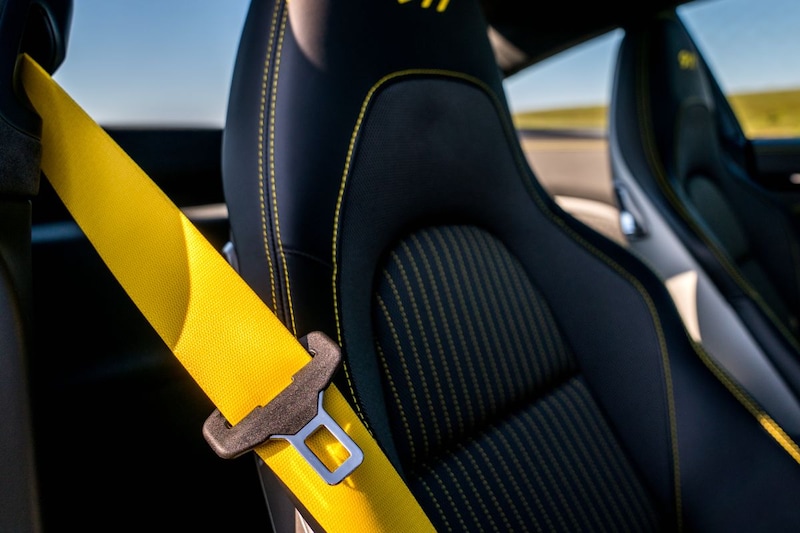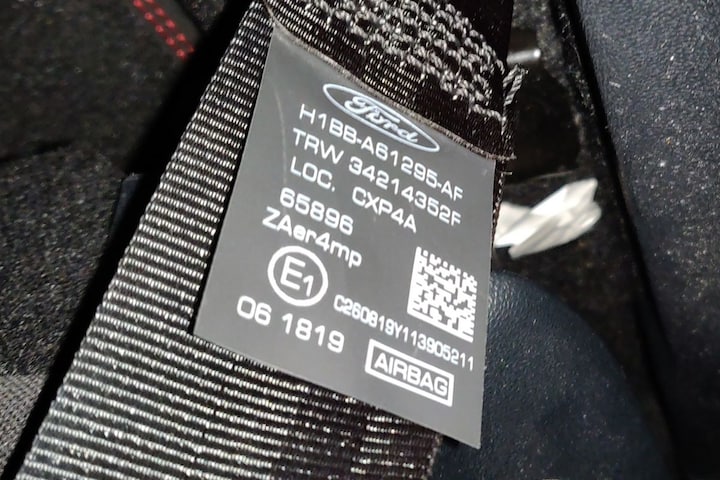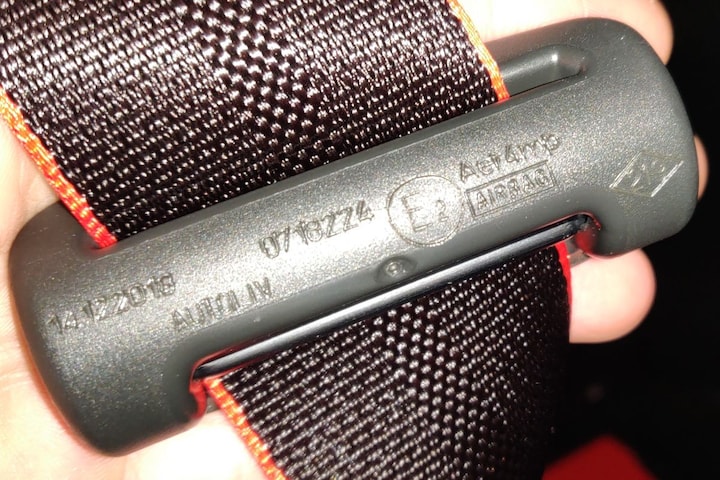
It is weekend, so it is high time to take a sideline again after a week of hard news. In this edition of De Vluchtstrook, we highlight an interesting fact about the safety belt. He can ‘tell’ you more than you may think.
In this fairly new section we do not shy away from any car-related subject. Sometimes we deal with an interesting aspect from car history or highlight a special car, but also fun facts about cars are reviewed. For example, ‘the Argentinian bottle’ recently came by. This week we are once again taking an interesting tip, about something with more relevance to daily life; the safety belt. Who gets in the car, does (may we hope) neatly around the belt. Without realizing it, you spell yourself in. A potential life saver, which you probably never really take a good look at.
The next time you get in, it might be nice to study the belt further. There is a chance that you will come to a special discovery. You can see on the belts when they were produced. That can be in different places. In the case of our test Ford Fiesta (2019), there is a label at the bottom of the belt, above the mounting on the floor. On the photo below you can see what it says.

As you can see, there is a series of numbers at the bottom that represent a date. First the month, then the day and then the year. The belt from this Fiesta was therefore produced on 18-06-2019. This is not a universal notation for all seat belts, so it may be different with your car. In addition, such a label does not always have to be on the belt. In some cases (as shown below with our Clio endurance test) the date is etched in the ‘buckle tongue’. The date is also noted differently than with the Ford. It may be a bit difficult to see (left on the buckle tongue), but this belt has the date of production 14-12-2018.

Great, what’s the use of it?
The date on the belt must be further in the past than the date of the first registration of the car. Otherwise you know that something has happened. When the belt is newer than the car, you can say with certainty that it is not the original belt. That can mean a number of things. In the best case, only some wear and tear has been discovered during a MOT inspection and the belt has therefore been replaced. However, there is a chance that the seat belt has been replaced because the car was involved in a collision. The law stipulates that a belt that has done its work in the event of an accident must be replaced. Even more serious is the scenario where, for example, the car has been knocked over and the original belt has been cut loose by emergency services.
It is of course difficult or perhaps not at all to find out the reason for the replacement, but it can still tell you something about the history of your car. By the way, we recommend that if you do check, you can also compare the different belts with each other. After all, the date of a replaced belt may also be before the first registration, but if the other belts have different dates, something has probably also happened in the past.